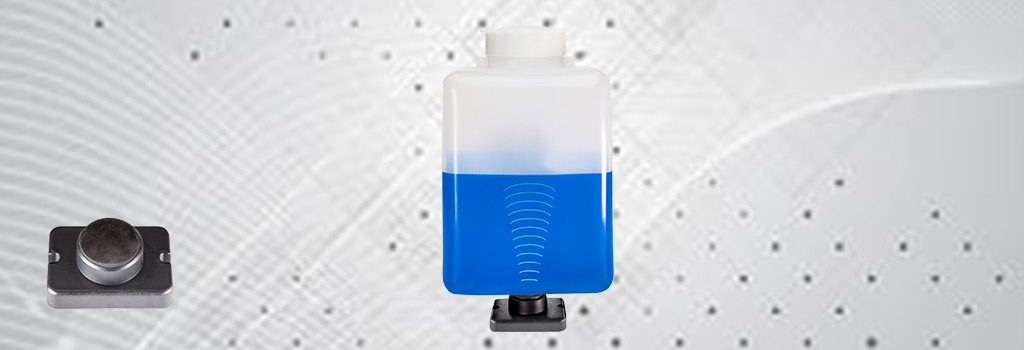Individuals living in flood-prone areas often see water marks along the side of rivers, lakes, or coasts. These watermarks help residents determine when they need to evacuate to escape a flood. Technically, such watermarks were the first water level detector sensors that monitored water levels for locals and officials. But over the years, various new techniques have been used to detect water levels.
One such technique that’s also quite common is the use of visual gauges. These gauges are placed in waters with known depths to illustrate the water levels visually for locals. Although these techniques are sound and popular, they’re not used as liquid-level detectors in closed containers. Various industries, such as the oil and gas, pharmaceuticals, and food processing industries, need water level detector sensors that ‘sense’ water levels within containers. Different liquids are measured differently, but the following is a list of various liquid detection sensors used by engineers over the years:
Floats
Floats are devices placed on top of a liquid that remain afloat and determine the level as the liquid moves. They often have some resistors attached to them that detect changes in liquid levels and portray them in a readable manner. Although floats have been used as water level detector sensors fairly commonly over the years, they have some limitations. For one, they don’t function in containers of shapes other than rectangular or cylindrical. Also, floats are unable to categorize the difference between water levels into values–it only catches the difference, not how much the difference is. Hence, floats lack the precision required by many technical industries.
Load Cells
Load cells are able to tackle the limitations of floats; they discriminate between liquid levels in numbers by calculating the force that the liquid exerts on the container. Also, unlike floats that literally float on the liquid, load cells are attached to the container that is then filled with the liquid. The liquid exerts a particular force on the container as it fills up. This force helps the attached load cells determine liquid levels and categorize them into numbers. To function properly, the container is weighed before and after it’s filled with the liquid by the load cell. This enables the load cell to eliminate the weight of an empty container from its final calculations.
Although load cells are able to carry out the functions, floats are not. They require a specific mechanical system to support their functionality. So, they’re unable to detect liquid levels in all containers. Nonetheless, load cells are often used to detect levels of corrosive liquids because they don’t need to come in contact with the liquid to determine its level precisely.
Capacitive
Another way of measuring liquid levels without contacting the liquid is to use capacitors as water level detectors. Capacitors are made up of a pair of electrodes that are installed, either on the inside or outside of the container, in a parallel manner. These electrodes are then provided with external circuity. They then detect water level differences by:
- Calibrating the minimum height of the liquid as the minimum capacitance among the parallel electrodes.
- Detecting the changing height of the liquid and calibrating it as changing capacitance between the electrodes.
- Providing a readable output to the engineers reading the capacitance levels.
Capacitors can be customized to read the liquid levels of different types of containers. If they’re designed as flat circuit boards, capacitors are able to read water levels on flat surfaces (rectangular or any other flat surfaced containers). Similarly, they can also be designed to detect varying liquid levels in an irregular or curved container. Therefore, capacitors are used by a wide variety of industries as accurate water level detectors.
Ultrasonic Sensors
The ultrasonic sensors use a completely different method of measuring liquid levels. They produce an ultrasonic pulse that’s reflected off of the surface of the liquid. Then, their in-built transducers measure the pulse by listening to the sound of the reflected pulse and determining its speed. As the speed of sound in the air has already been predetermined, it’s easy to calculate the speed of different hertz frequencies. Once the speed is calculated, the ultrasonic sensors also measure varying liquid levels as the ultrasonic pulse travels to and from different liquid levels at different speeds.
Ultrasonic sensors, therefore, are installed at the top of the containers. That way, they can use air as the medium of transmission. But with time, these sensors have been upgraded. Now, some companies manufacture ultrasonic sensors that use water, instead of air, as the medium of transport.
Conclusion
With time, several technological advancements have been made to water level detector sensors. From simple water marks and gauges to ultrasonic sensors, we have come a long way. But such advancements will continue to hit the market to meet the growing demand and make the process of liquid level detection easy and efficient.
Looking for fluid-level sensors with various functions, customizability, and easy readability? We have a variety of options for non-contact level sensors you can choose from. For further information about our products, visit our website or contact us via email or phone.


